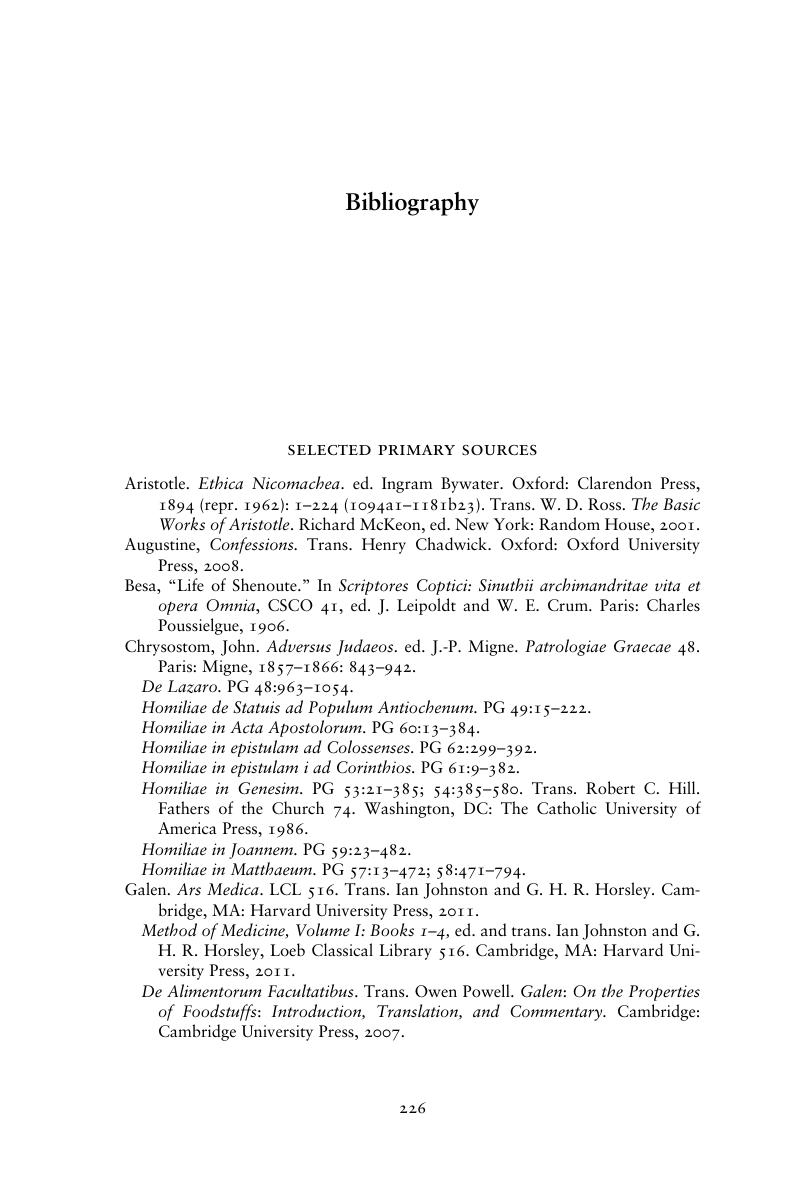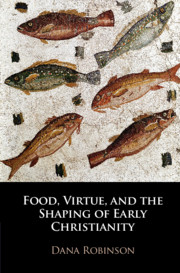Book contents
- Food, Virtue, and the Shaping of Early Christianity
- Food, Virtue, and the Shaping of Early Christianity
- Copyright page
- Dedication
- Contents
- Figures
- Acknowledgments
- 1 Introduction
- 2 The Medicine of Moderation
- 3 From Dinner Theater to Domestic Church in Late Antique Antioch
- 4 Shenoute’s Botanical Virtues
- 5 The Places of God
- 6 Meals, Mouths, and Martyrs
- 7 Conclusion
- Bibliography
- Index
- References
Bibliography
Published online by Cambridge University Press: 11 August 2020
- Food, Virtue, and the Shaping of Early Christianity
- Food, Virtue, and the Shaping of Early Christianity
- Copyright page
- Dedication
- Contents
- Figures
- Acknowledgments
- 1 Introduction
- 2 The Medicine of Moderation
- 3 From Dinner Theater to Domestic Church in Late Antique Antioch
- 4 Shenoute’s Botanical Virtues
- 5 The Places of God
- 6 Meals, Mouths, and Martyrs
- 7 Conclusion
- Bibliography
- Index
- References
Summary

- Type
- Chapter
- Information
- Food, Virtue, and the Shaping of Early Christianity , pp. 226 - 242Publisher: Cambridge University PressPrint publication year: 2020



